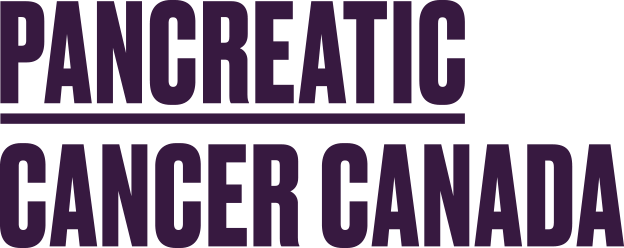Treatment Options
While this disease has a reputation for being difficult to treat, a pancreatic cancer diagnosis should not leave a patient without a plan. There may be options available to address symptoms, manage pain, and potentially extend one’s life.
Treatment Options
Have Questions?
Our Ask An Expert service can help you to make informed decisions about your care between appointments with your doctor. Connect with our highly trained experts virtually or by phone, completely free of charge.

316-4211 Yonge Street
Toronto, ON M2P 2A9
Toll Free: 1-888-726-2269
info@pancreaticcancercanada.ca
Charitable Registration Number 84870 1967 RR0001
